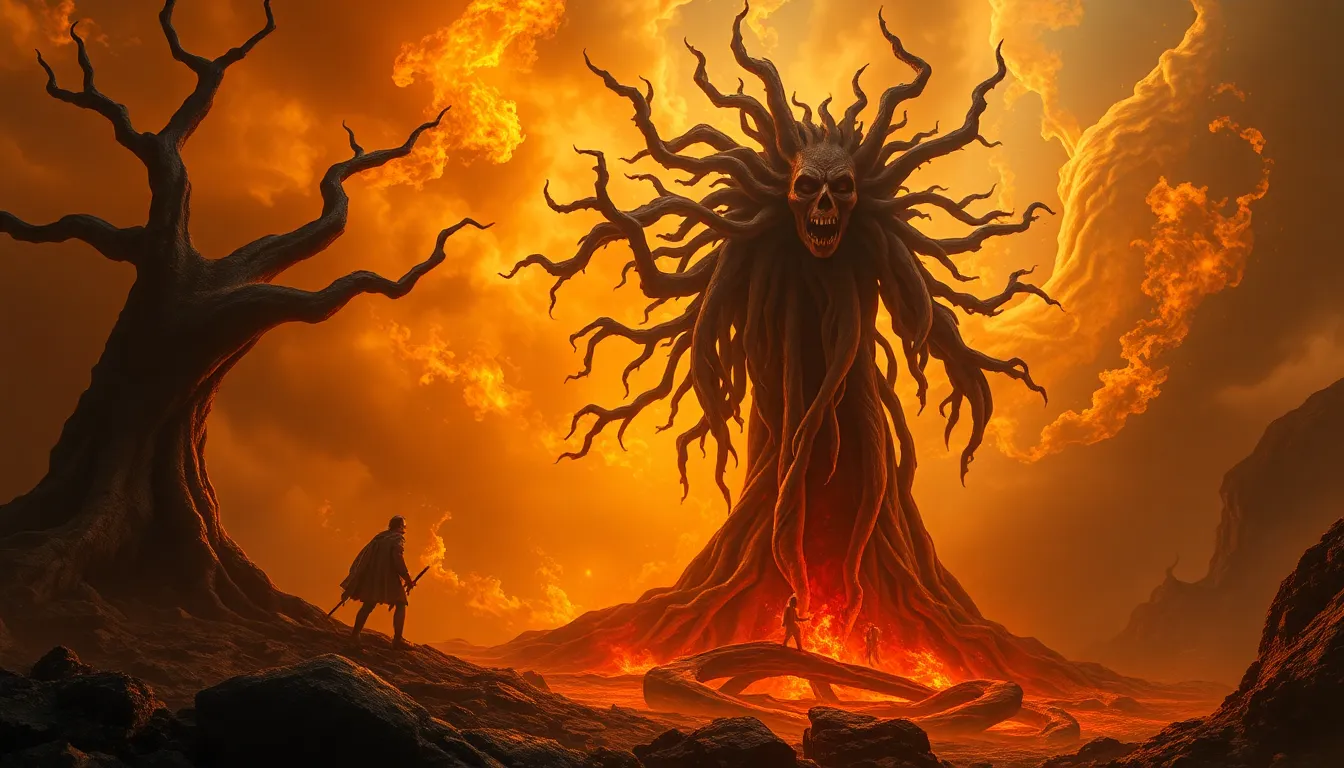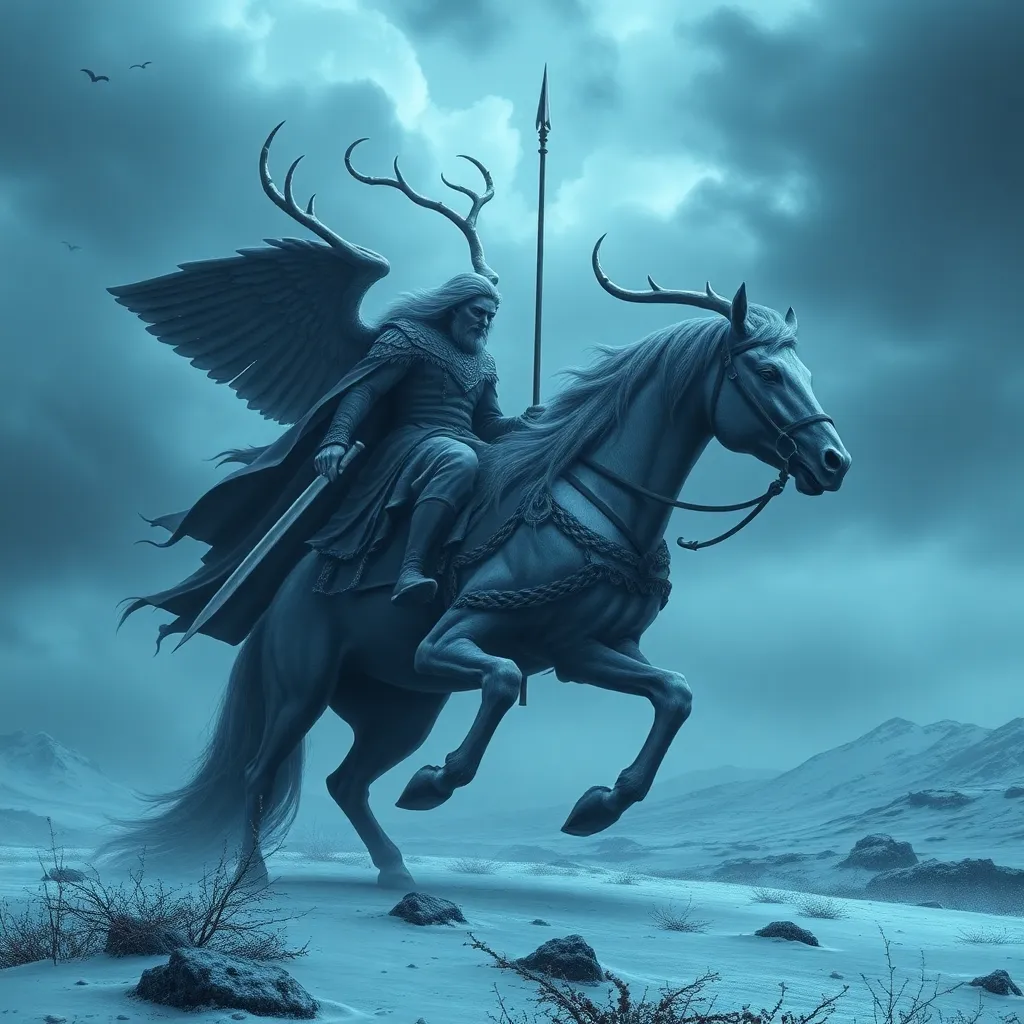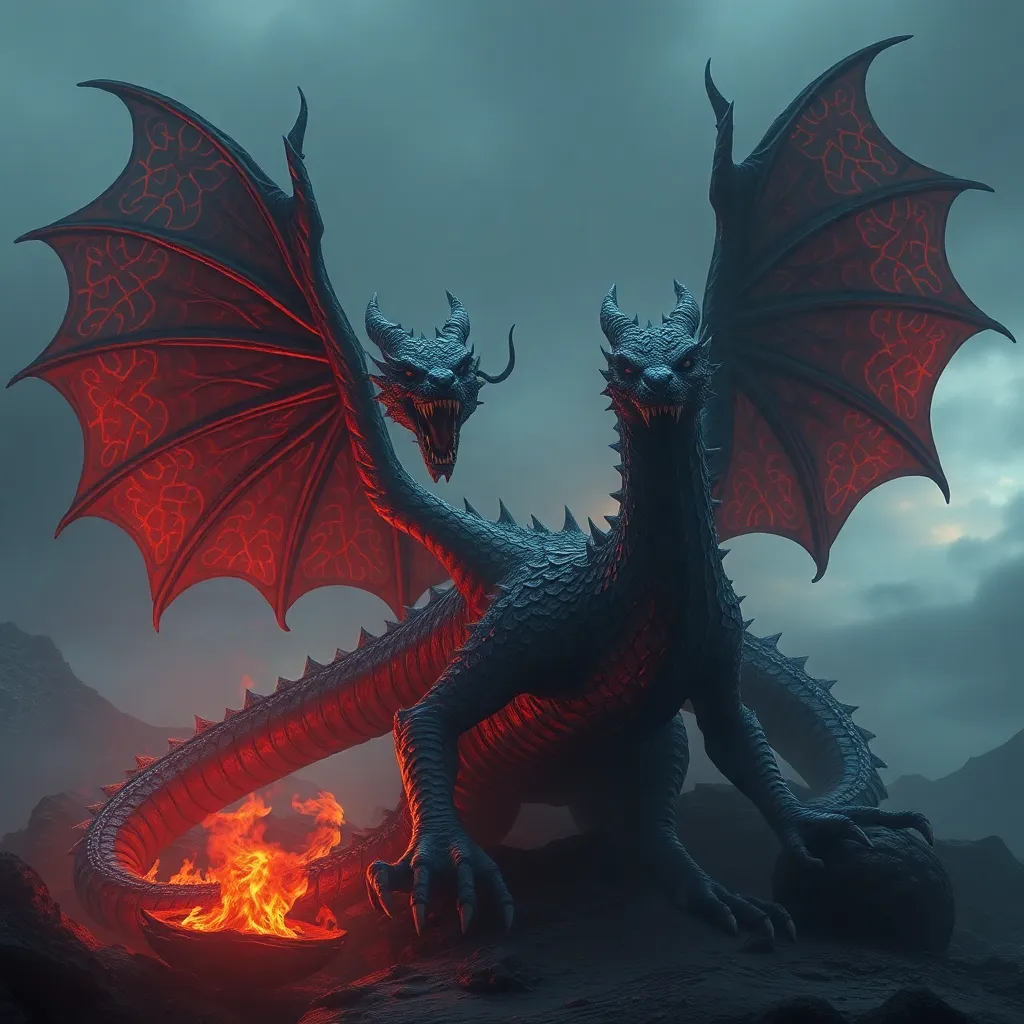The Sacred Roots: Exploring the Origins of Myths
I. Introduction to Myths
Myths are more than just stories; they are the sacred narratives that shape the beliefs, values, and identities of cultures around the world. Defined as traditional tales that explain the unexplainable, myths often involve gods, supernatural beings, and heroes. Their significance lies in their ability to convey profound truths about the human experience, encapsulating complex ideas about life, death, morality, and the cosmos.
Throughout human history, myths have played a pivotal role in fostering communal bonds, providing explanations for natural phenomena, and offering frameworks for understanding existence. By exploring the origins of myths, we can gain insights into the collective psyche of various cultures, as well as the universal themes that resonate across time and geography.
II. The Nature of Mythology
To better appreciate myths, it is essential to distinguish them from related forms of storytelling, such as legends and folktales. While myths often involve gods and creation stories, legends typically recount the adventures of historical figures, and folktales are primarily moral stories passed down through generations.
Common themes and motifs found in myths include:
- Creation and the origins of the world
- The struggle between good and evil
- Transformation and rebirth
- Heroism and sacrifice
Psychologically and socially, myths serve various functions. They provide comfort in times of uncertainty, reinforce cultural norms, and offer a means of coping with the complexities of life. Myths can also serve as a lens through which we can examine human behavior and societal structures.
III. Historical Context of Myths
The evolution of myths is deeply intertwined with the history of civilizations. As societies developed, so too did their mythological narratives, often reflecting their values, fears, and aspirations. Archaeological evidence, such as ancient texts, artifacts, and artwork, supports the existence of these narratives and reveals how they were adapted over time.
Geography and environment significantly influence myth creation. For instance, coastal communities may have myths centered around the sea, while desert cultures may develop narratives that reflect the harshness of their surroundings. This geographical context helps shape the unique characteristics of each culture’s mythology.
IV. Mythological Archetypes and Their Origins
Joseph Campbell’s concept of the Hero’s Journey is a cornerstone in the study of mythology. This narrative archetype outlines a hero’s adventure, which typically includes stages such as the call to adventure, facing trials, achieving a victory, and returning home transformed.
Across various cultures, common archetypes emerge, including:
- The Hero
- The Mentor
- The Shadow (antagonist)
- The Trickster
Understanding these archetypes is significant as they reflect universal aspects of the human experience, allowing individuals to connect with stories that transcend cultural boundaries.
V. Religious and Spiritual Influences on Myths
The relationship between mythology and ancient religions is profound. Many myths serve as sacred texts that convey the beliefs and practices of a culture’s spiritual traditions. These narratives often explain the origins of humanity, the nature of deities, and the moral codes that govern behavior.
Spiritual beliefs shape mythological narratives in various ways, such as:
- Establishing a moral framework
- Explaining the why behind natural phenomena
- Offering a sense of purpose and connection to the divine
Examples of sacred texts rich in mythological elements include the Epic of Gilgamesh, the Rigveda, and the Bible, each providing insights into the spiritual lives of their respective cultures.
VI. The Role of Oral Tradition in Myth Transmission
Oral tradition plays a crucial role in the preservation and transmission of myths. Storytelling serves as a communal activity that engages listeners and fosters a shared cultural identity.
The impact of oral tradition on the evolution of myths can be seen in the way stories adapt to changing contexts and audiences. As they are retold, elements may be added, removed, or altered, leading to a dynamic and evolving narrative tradition.
Case studies of cultures with rich oral traditions include:
- The Indigenous peoples of North America
- The griots of West Africa
- The Aboriginal Australians
VII. Myths as Reflections of Societal Values
Myths convey cultural morals and ethics, often serving as cautionary tales or exemplars of virtue. They reflect the values and beliefs of the societies that create them and can be a powerful influence on societal norms and behaviors.
Analysis of specific myths reveals their cultural implications. For example:
- The Greek myth of Prometheus highlights the value of knowledge and the consequences of defying the gods.
- The Norse myth of Ragnarok reflects themes of fate, sacrifice, and the cyclic nature of existence.
- The Hindu epic Ramayana presents ideals of duty (dharma) and the importance of righteousness.
VIII. The Impact of Colonization and Globalization on Myths
Colonization and globalization have profoundly affected myths across cultures. The blending and adaptation of myths often occur as cultures interact, leading to hybrid narratives that reflect a mix of traditions.
However, the loss of indigenous myths due to colonization remains a significant concern. Many traditional stories were suppressed or altered, resulting in a diminished cultural heritage.
Current efforts to revive and preserve traditional mythological narratives include:
- Oral history projects
- Community storytelling events
- Educational programs emphasizing the importance of cultural heritage
IX. Modern Interpretations and Adaptations of Myths
In contemporary media, there is a resurgence of interest in mythology. Modern storytelling often reinterprets ancient myths, bringing them into new contexts and exploring their relevance to today’s audiences.
Examples of mythological themes in literature, film, and art include:
- Movies like “Thor” and “Wonder Woman” that draw from ancient myths.
- Literature such as Madeline Miller’s “Circe,” which reimagines mythological figures.
- Artistic representations that reinterpret mythological scenes for modern viewers.
X. Conclusion: The Enduring Legacy of Myths
Myths remain fundamental to understanding human nature, as they encapsulate the shared experiences, fears, and hopes of humanity. In a rapidly globalizing world, the future of myths will likely involve both the preservation of traditional narratives and their adaptation to contemporary contexts.
As we explore the roots and origins of myths, we gain valuable insights into our own lives and the cultures that shape us. It is a call to delve deeper into these sacred stories and recognize their place in our shared human experience.



